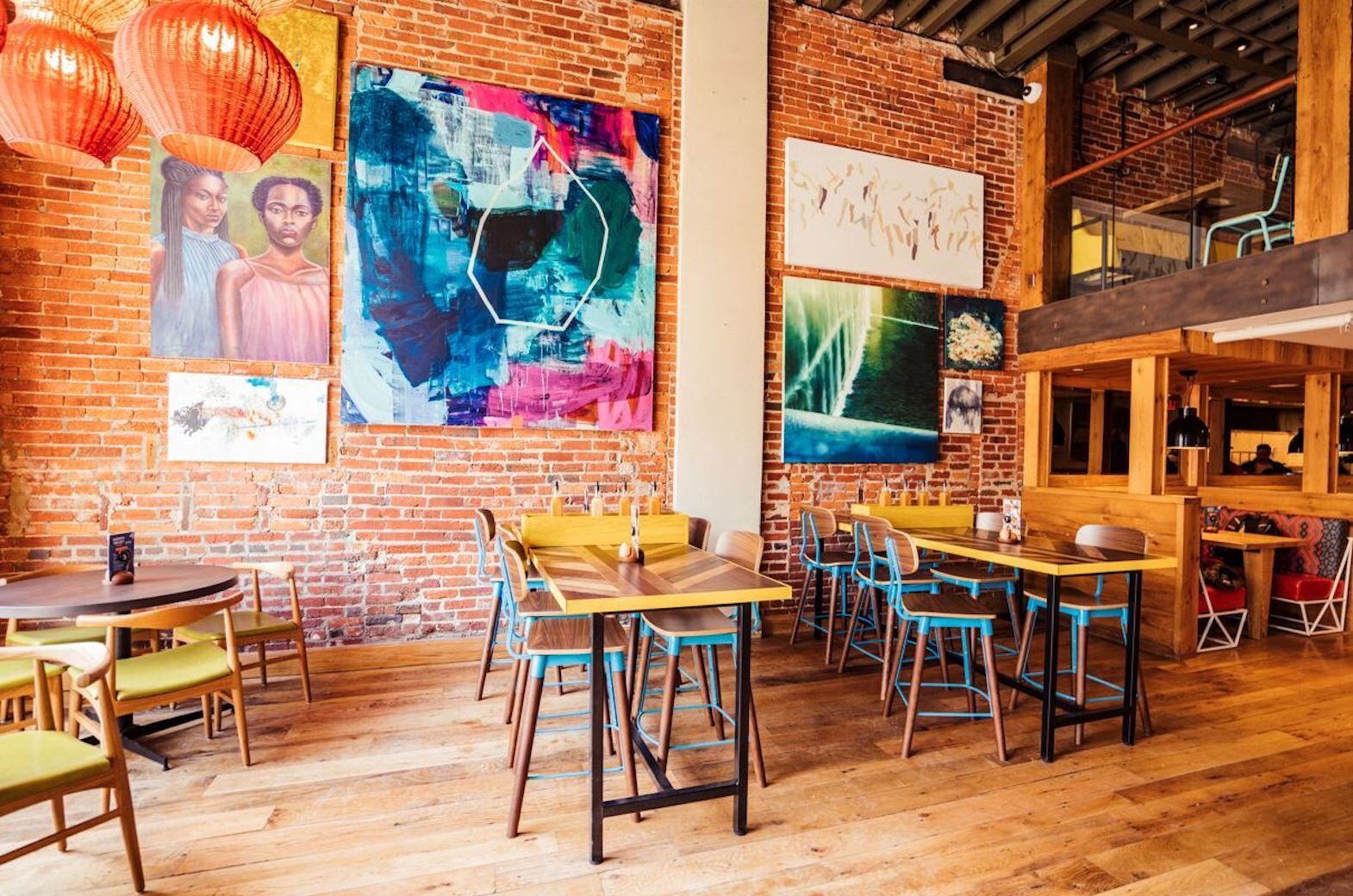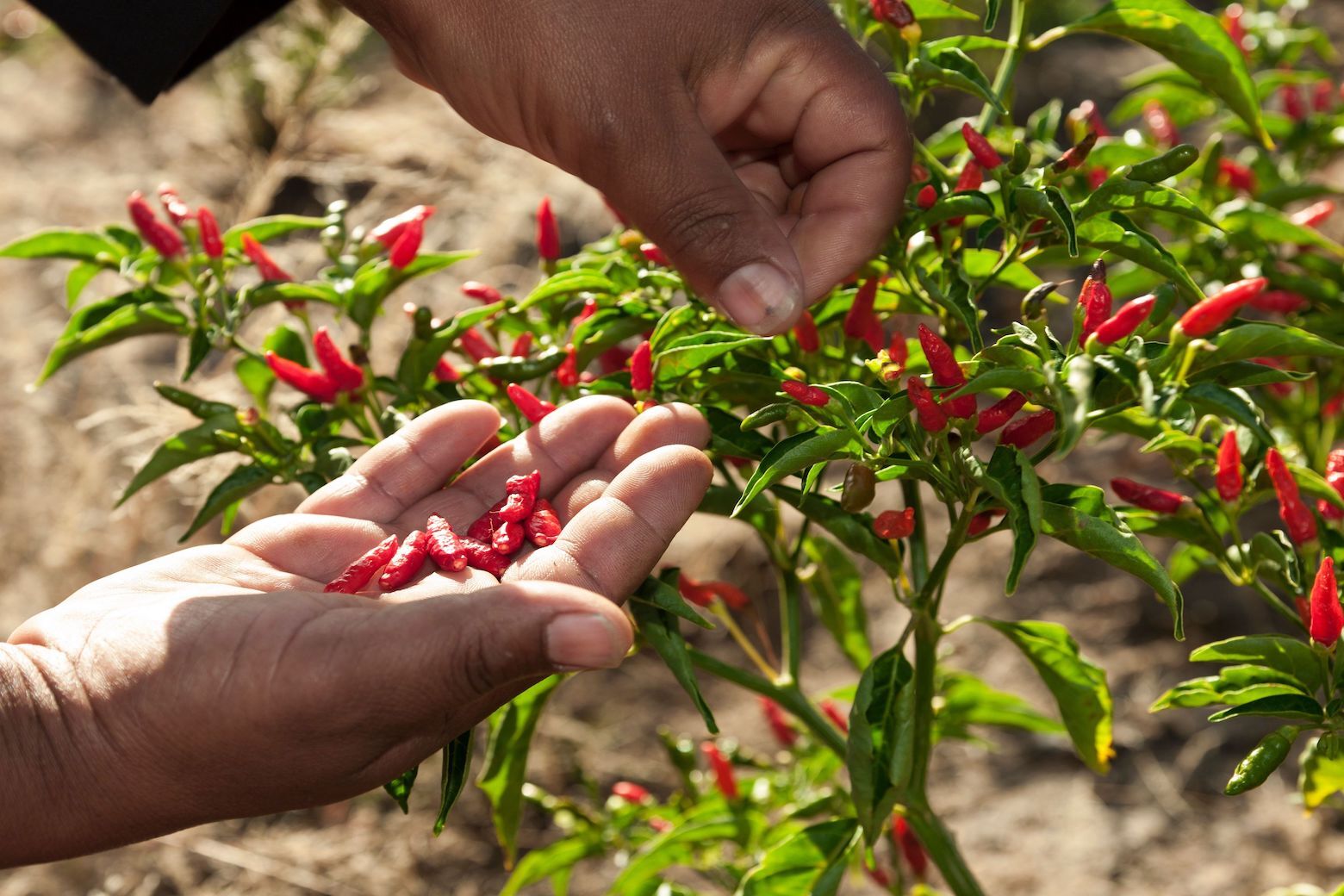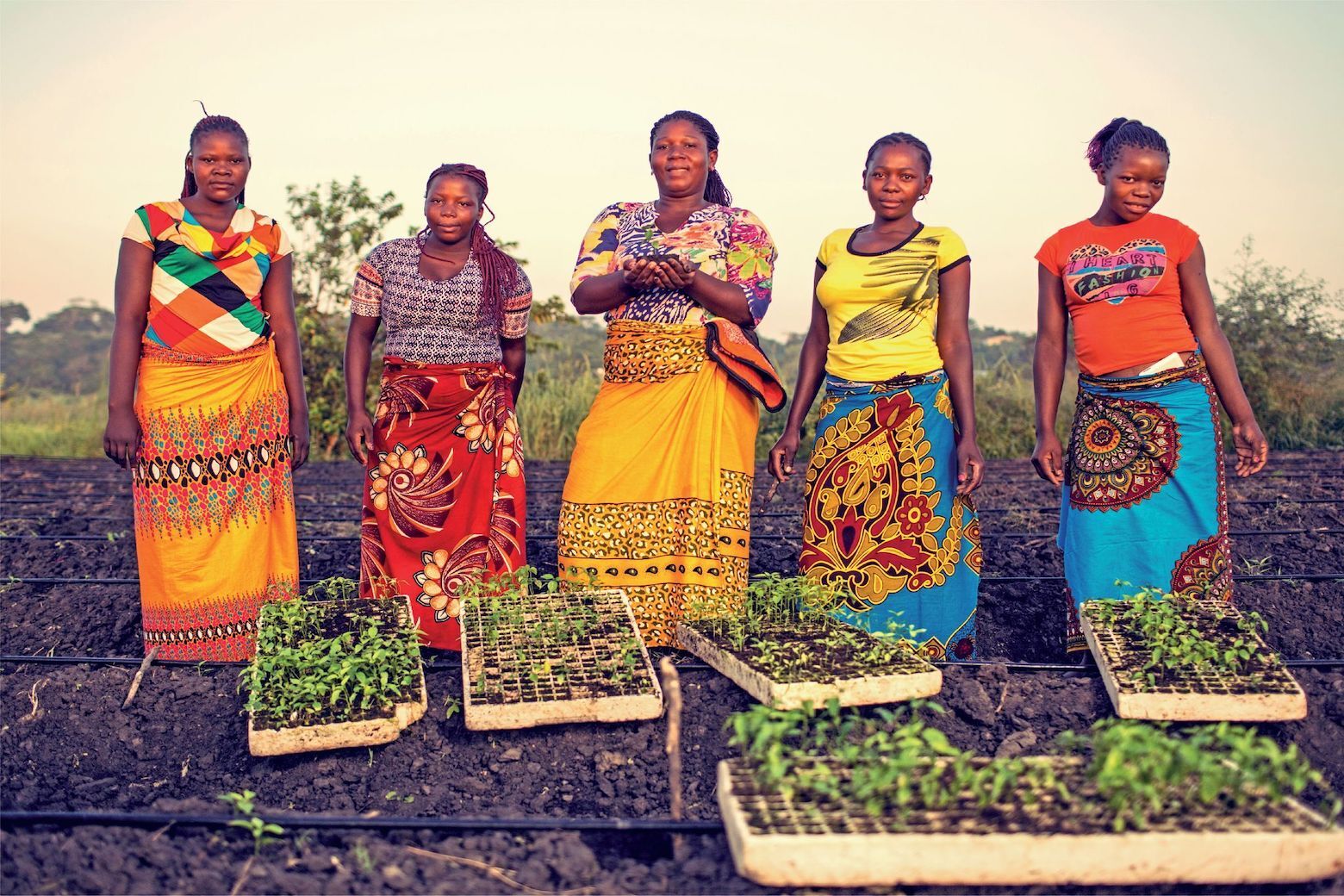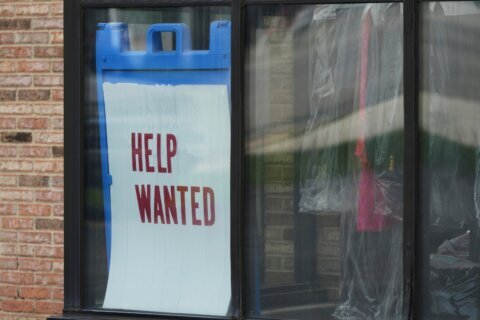





South African grilled chicken restaurant Nando’s Peri Peri opened its first location in Johannesburg in 1987. Despite growing to locations in 24 countries around the globe, you won’t find a Nando’s in the U.S. outside of the D.C. area and the Chicago area.
The first U.S. Nando’s location opened in D.C.’s Chinatown in 2008. Why did the company pick D.C. to enter the U.S. market?
“We picked D.C. because of the international mix here, and the exposure that residents have to International flavors and foods. It was a great place for us to land,” said John Fisher, Nando’s North America CEO.
The company has 50 locations in the D.C. and Chicago regions, and is now slowly expanding elsewhere. Its next markets will be in Texas, with locations planned for Houston and Dallas.
The Peri-Peri in Nando’s name is reference to a key ingredient that is used to both marinate its chicken and to serve as hot sauce on the side.
“A Peri-Peri is a chili pepper. Imagine a really tiny red banana that is only really properly grown in South Africa, Mozambique, and Zambia. We have Peri-Peri farms where we help the local farmers understand how to grow this kind of finicky chili pepper,” Fisher said.
Those ubiquitous bottles of Nando’s sauce in its restaurants — from mild to extremely hot — are known to consumers nationwide, even if its restaurants are not. The company also has a retail business. Its sauce is sold in 25,000 grocery stores in the U.S.
Each Nando’s restaurant is unique in design and size, but all have one thing in common. Nando’s locations collectively display the largest collection of South African Art in the world.
“It is part of bringing the South African Rainbow Nation culture to our restaurants because art is a great way to articulate that culture. What we want you to do when you walk into our restaurants is to feel the South African Rainbow Nation culture, and art is a big part of that,” Fisher said.
Nando’s managed to keep most of its D.C.-area locations open during those first few months of the COVID-19 pandemic, and at one point was even providing free meals to displaced food service workers, no questions asked.
Those free meals expanded to D.C. area grocery store workers, hospitals, medical care workers, postal workers and transit workers. In its first few months, Nando’s donated more than 100,000 free meals in the D.C. and Chicago areas, which continued into the summer.
Community involvement is a priority for the company. Fisher says it is for two reasons, referring to being part of the communities you are doing business in as “Restaurant 101,” meaning if you aren’t acting like a part of the local community, you likely won’t have a long life as a restaurant. But it also goes all the way back to its beginnings in South Africa.
“Nando’s was born as apartheid was coming unglued and the country was in a tough place. Nando’s grew up in that culture and has been successful because it always gives back to community events,” Fisher said.
The original Nando’s in D.C.’s Chinatown recently closed after 15 years, but has been replaced by a larger location at 836 F Street N.W., taking part of the former Spy Museum space.








